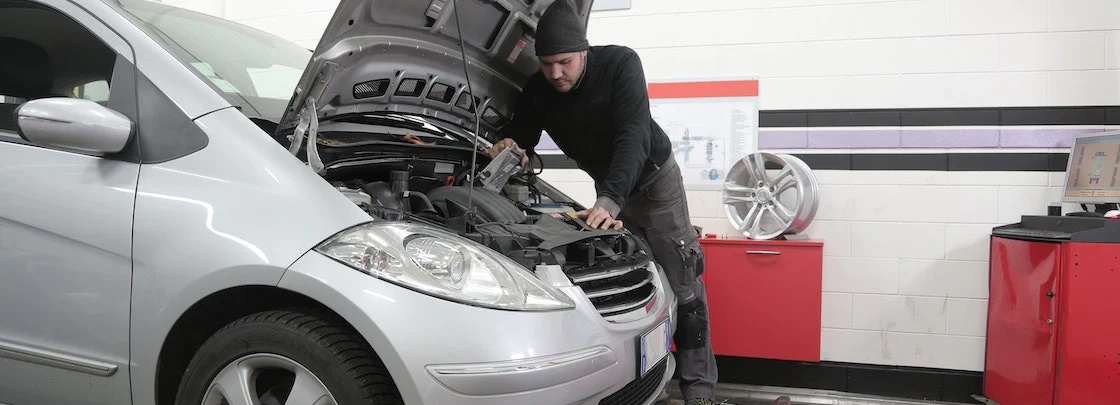The automotive industry has always been at the forefront of technological innovation, but recent years have seen a significant leap forward, especially when it comes to safety. Smart technology is transforming our vehicles, making driving not just more convenient but considerably safer. From advanced driver assistance systems (ADAS) to autonomous emergency braking, modern cars are equipped with features that make roads safer for everyone.
The Evolution of Automotive Safety
From Seatbelts to Smart Systems
The journey of automotive safety began with seatbelts, airbags, and anti-lock braking systems (ABS). While these features provided essential protection, recent advancements have focused on prevention rather than just protection. Enter smart technology, which aims to minimize human error—the leading cause of road accidents. Similarly, just as the right slot machine can enhance your gaming experience, the right technological advancements in cars are transforming how we approach safety on the road.
Smart safety features aren’t just about protecting drivers and passengers in the event of an accident; they actively work to prevent incidents from occurring. The introduction of smart technology has revolutionized how cars interact with their environment and how drivers respond to road conditions.
The Role of AI and IoT in Safety
Artificial Intelligence (AI) and the Internet of Things (IoT) are playing a significant role in revolutionizing vehicle safety. AI powers predictive systems that help vehicles make decisions in real time, while IoT enables cars to communicate with each other and infrastructure. This network of connected devices—commonly referred to as V2X communication—promises to bring about a new era of traffic safety where cars can share information about road conditions, hazards, and even upcoming traffic lights.
Key Smart Safety Features Revolutionizing the Industry
Advanced Driver Assistance Systems (ADAS)
One of the most significant innovations in automotive safety is the widespread adoption of Advanced Driver Assistance Systems (ADAS). These systems use a combination of sensors, cameras, and radars to monitor the vehicle’s surroundings, identify hazards, and assist the driver in making informed decisions. Some key components of ADAS include:
Adaptive Cruise Control (ACC)
Adaptive Cruise Control uses sensors to maintain a safe following distance from the vehicle ahead. Unlike traditional cruise control, which simply keeps the car at a constant speed, ACC can adjust speed automatically to match traffic flow, reducing the likelihood of rear-end collisions.
Lane Keeping Assist (LKA)
Lane Keeping Assist is another feature that aims to reduce accidents due to unintentional lane departures. This system detects lane markings and gently steers the car back if it starts to drift without the turn signal engaged. By minimizing the risk of side collisions, LKA contributes to safer driving, especially on highways.
Autonomous Emergency Braking (AEB)
Autonomous Emergency Braking is one of the most significant breakthroughs in smart safety technology. Using cameras and radars, AEB detects objects in the car’s path and applies brakes if the driver does not respond in time. It significantly reduces the likelihood of rear-end collisions and other types of accidents caused by delayed driver reactions.
How Smart Safety Features Improve Road Safety?
Minimizing Human Error
Human error is responsible for nearly 94% of road accidents, according to various studies. Features like ADAS are designed to compensate for lapses in driver attention, fatigue, or distractions. By taking over some of the crucial decision-making processes, these smart systems enhance overall driving safety, acting as an extra set of eyes and ears for the driver. Similarly, systems games like slot gacor can be designed to provide a higher probability of winning, helping players optimize their gaming strategy by reducing uncertainty.
Enhancing Driver Awareness
Many smart technologies also enhance driver awareness by providing real-time alerts. For example, Blind Spot Detection systems use sensors to monitor areas that drivers may not be able to see, alerting them when another vehicle is present. This feature helps prevent lane-change accidents and ensures that drivers make safer manoeuvres.
Similarly, Forward Collision Warning (FCW) systems provide audible and visual alerts if they detect an imminent collision. These warnings give drivers the extra few seconds they need to avoid potential crashes, making roads safer for all users.
The Future of Smart Automotive Safety
Vehicle-to-Everything (V2X) Communication
One of the most promising advancements in smart automotive safety is Vehicle-to-Everything (V2X) communication. V2X allows cars to communicate not just with each other (Vehicle-to-Vehicle or V2V) but also with traffic signals, road signs, and even pedestrians (Vehicle-to-Infrastructure or V2I). By providing cars with more comprehensive information, V2X technology helps prevent accidents before they happen.
Imagine driving through an intersection when another vehicle—unseen by you—is about to run a red light. A V2V system can detect the incoming vehicle and warn you or even automatically stop the car to avoid a collision. Such advancements highlight how connected technologies can significantly reduce the risk of accidents.
Autonomous Driving
While fully autonomous vehicles are still under development, many modern cars already have partial autonomous capabilities that significantly enhance safety. These systems allow vehicles to make crucial decisions, such as braking, steering, or accelerating, in response to real-time conditions—all without driver intervention. With continuous improvements in AI and sensor technology, it is only a matter of time before we see safer roads thanks to autonomous driving.
Conclusion
Smart technology in automotive safety is transforming the way we drive. From ADAS to V2X communication, these features are making our vehicles safer and reducing the risk of accidents. However, challenges like cost, cybersecurity, and over-reliance on technology still need to be addressed to make these innovations accessible to everyone.
The future looks bright for smart automotive safety, with the promise of autonomous vehicles and highly connected roadways on the horizon. As these technologies continue to develop, they bring us closer to a world where road accidents are rare, and driving is both convenient and safe for all.
Smart safety features are not just add-ons; they are becoming essential components in modern vehicles. As the industry continues to innovate, it’s clear that smart technology will play an increasingly vital role in ensuring the safety of drivers, passengers, and pedestrians alike.




